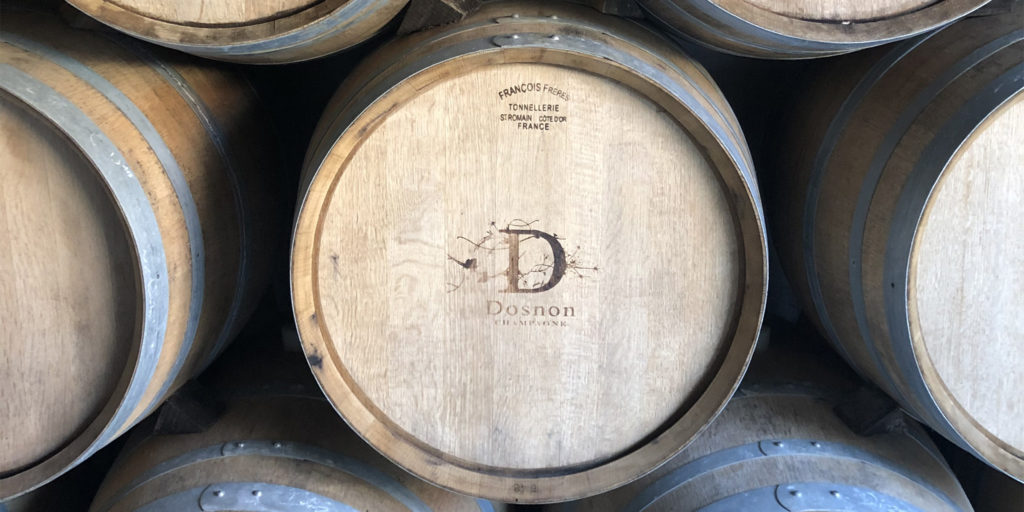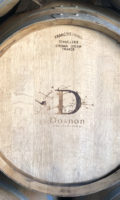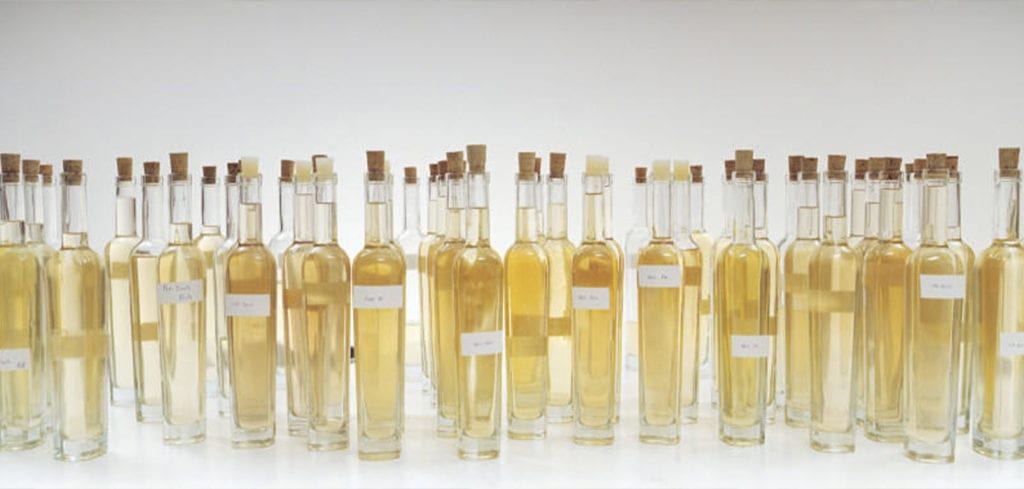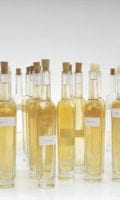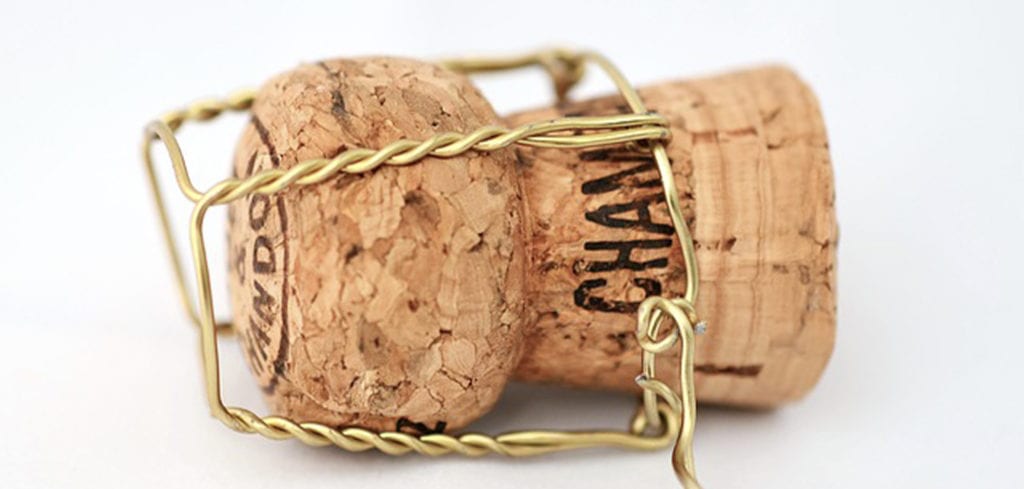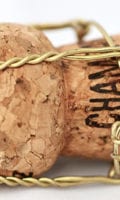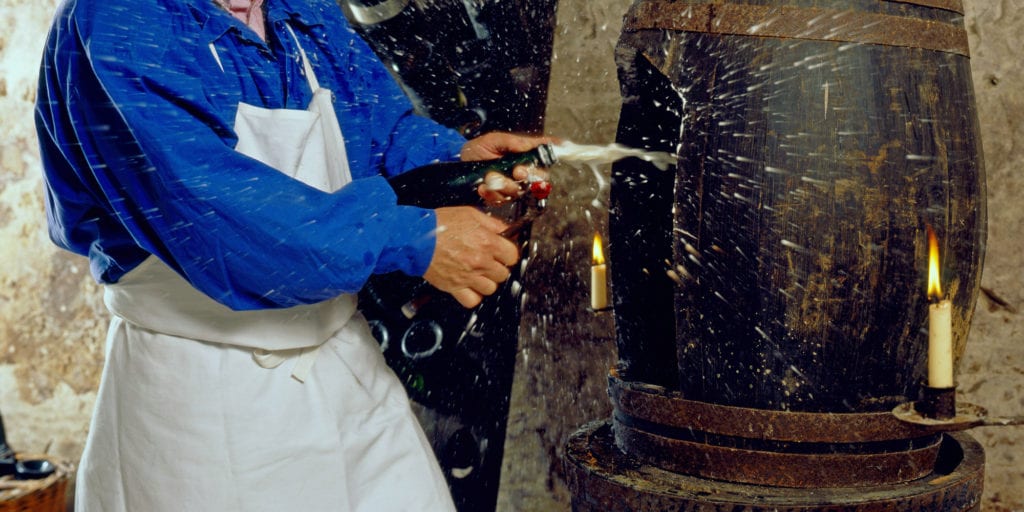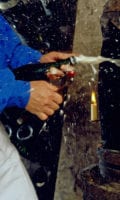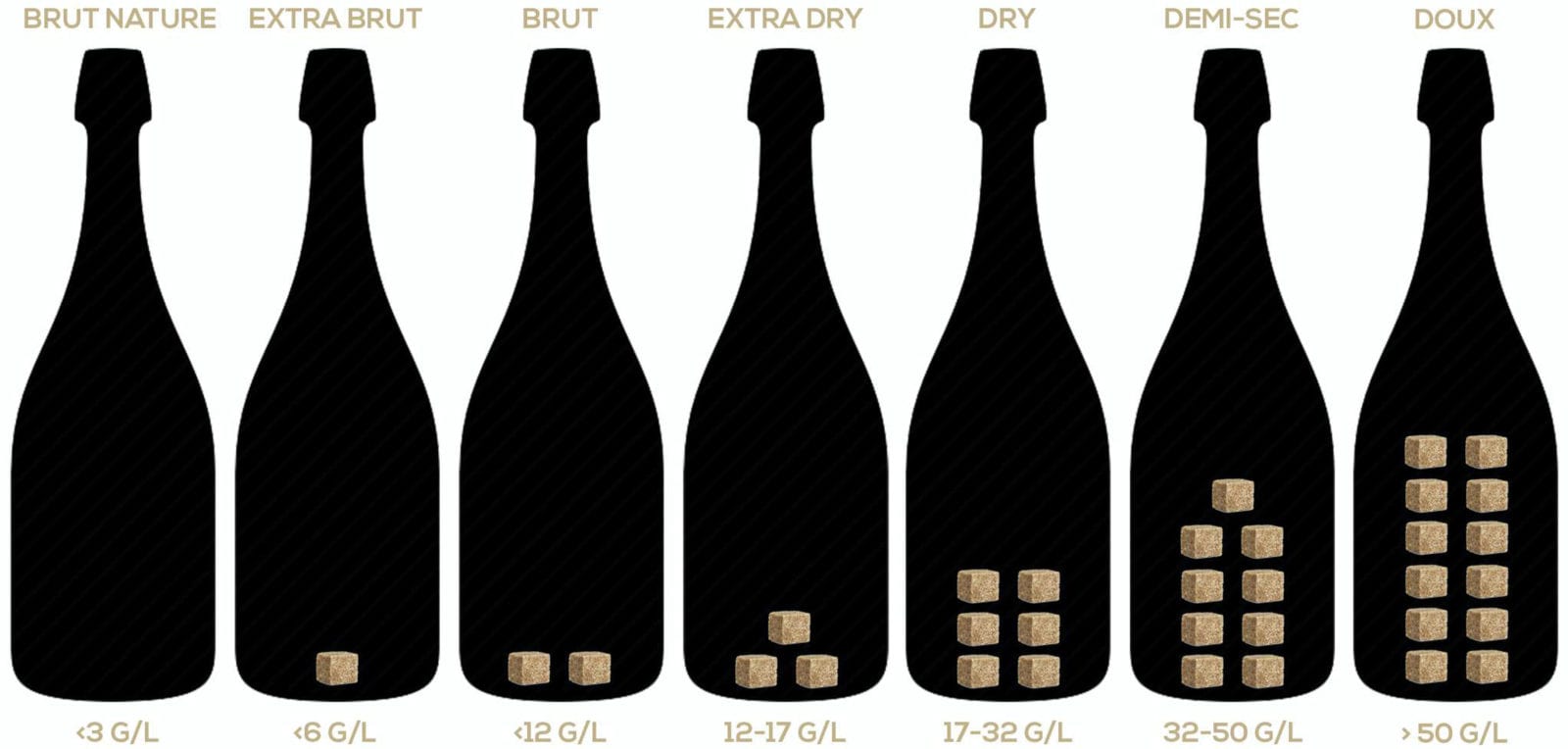
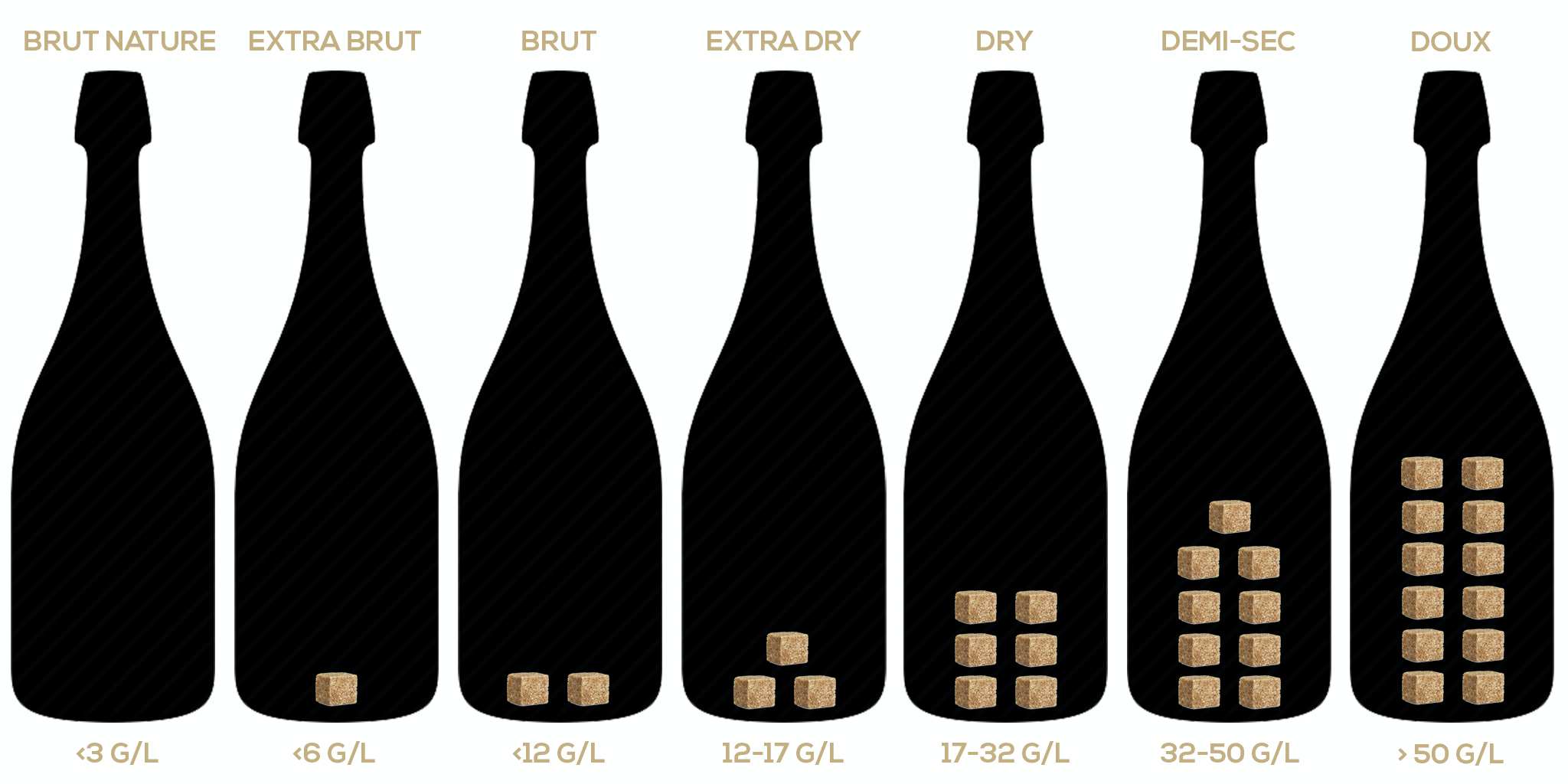
The dosage is, together with the assemblage, the core of the champagne production art and plays a minor or extremely important role in the sensory development of the drink. Before the bottle is sealed with a champagne cork, it still receives the «liqueur d'expédition», the so-called shipping dosage. All yeasts of the first dosage, the so-called filling dosage («liqueur de tirage»), were either consumed by the bottle fermentation or expelled at the time of disgorging, there is no chance for a third fermentation in the bottle.
This dosage liqueur usually consists of the same wine and some cane sugar dissolved in it at a ratio of 500 to 750 grams per litre. If it is the cellar master's wish to complete the style of the wine with a final touch of aromas, the shipping dosage was prepared in advance with reserve wines stored in wooden barrels, tanks or even magnum bottles. In some houses, an «Esprit de Cognac» is also often used here.
If the producer wants to preserve the original character of his wine, then the shipping dosage is as neutral as possible. Some champagnes are now labelled as non-dosé, zéro dosage or brut nature (this is the official designation), which means that no sugar has been added to the «liqueur d'expedition».
The sugar content depends on the type of wine required and is expressed as follows (per litre):
- doux over 50 g sugar
- demi-sec between 32 and 50g sugar
- sec between 17 and 32g sugar
- extra dry between 12 and 17g sugar
- brut under 12g sugar
- extra brut between 0 and 6g sugar
- zéro 0 to 3g sugar
If the residual sugar content is less than 3 grams per litre and no sugar has been added to the wine, the terms 'brut nature', 'pas dosé' or 'dosage zéro' may be used.


